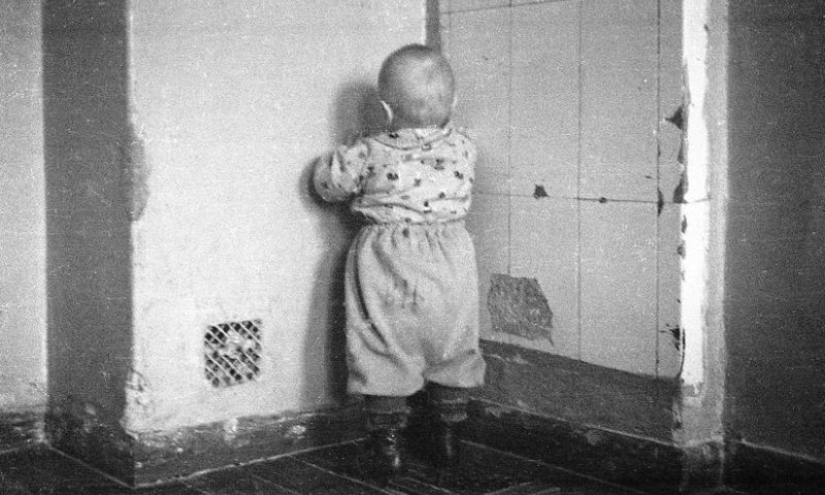How the tradition of putting children in the corner came about
Categories: Children | History | World
By Pictolic https://pictolic.com/article/how-the-tradition-of-putting-children-in-the-corner-came-about.htmlThe punishment of standing in the corner is familiar to many since childhood. Although it does not seem the most severe, its psychological effect is noticeable. Today, this measure is losing popularity, but its supporters still exist. Where did the idea of putting a child in the corner come from and what is its meaning?

It is difficult to determine where this punishment was first used. Most likely, it arose as an alternative to corporal punishment. Standing in the corner was used to isolate the child, depriving him of communication with loved ones. This isolation was perceived by the child as a threat, which made the punishment especially effective.
The tradition has been widespread in Russia since ancient times, but it also existed in other cultures. For example, in Taoist Feng Shui, corners are associated with negative energy, limitation, and isolation. In some cultures, corners were associated with otherworldly forces, which enhanced their symbolism.

The Slavs believed that the Domovoi, the spirit of the house, lived in the corners. He was sometimes called the "kutny god" from the word "kut" - corner. By putting a child in a corner, parents entrusted his re-education to this spirit. For impressionable children, the fear of staying in the "abode of the Domovoi" was quite strong.
With the advent of Christianity, the corner acquired a different meaning. Every home had a so-called "red corner" - a place with icons. When a guilty person was sent there, it was perceived as an attempt to correct him with the help of higher powers. Sometimes children were forced not only to stand, but also to pray, thinking about their behavior.

But often the corner opposite to the "red" was used for punishment. This symbolized distance from God. In strict families, the punishment could be tougher: the child was put on his knees on spilled peas, which caused physical pain. This was already related to corporal punishment.
Modern children, standing in the corner, hardly think about spirits or higher powers. For them, it is simply a restriction of freedom, deprivation of communication and imposition of the will of adults. Modern pedagogy considers this punishment outdated and useless.
Moreover, psychologists warn that such methods can cause harm. They undermine trust between the child and parents, slow down the development of independence and often cause internal protest. Instead of punishment, experts recommend open dialogue and finding a solution together with the child.

Talking about the problem, encouraging good behavior, and coming to common conclusions work much better than corners or strict measures. Unfortunately, not all parents realize this. And some use punishments that are much more traumatic than standing in the corner of the room.
Do you think such punishments should be abandoned completely, or can they be useful in certain situations? Share your opinion!
Recent articles

In Ancient Egypt, gods were revered, pharaohs were glorified, and majestic tombs were built. The builders of royal tombs were ...

Whether you are a tourist or a professional photographer, in both cases Lapland is a truly magical place. There is not only a very ...

Why should a coffin be a boring box if it can be ordered in the form of a lobster, fruit, bird or shoe? Residents of the African ...